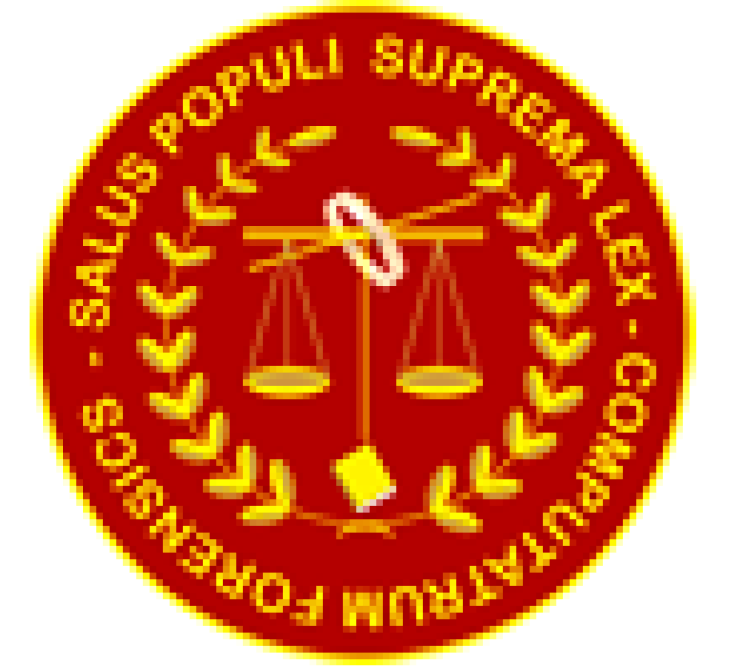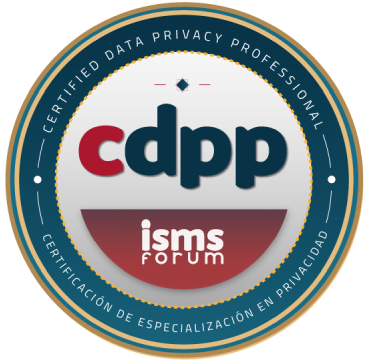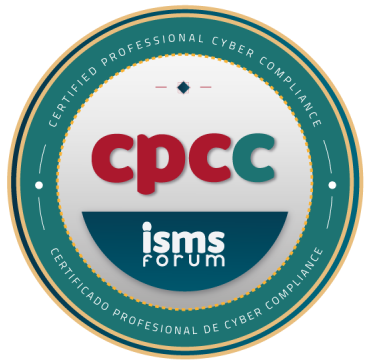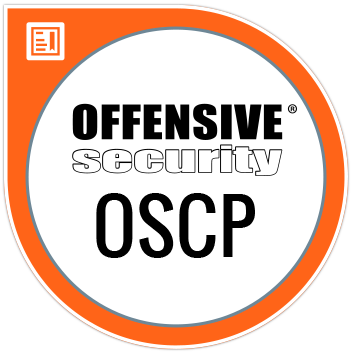This article seeks to introduce the reader to the powerful world of the GNU/Linux operating system. To do this, below, a bit of the history of this operating system will be explained, while some nuances will be given that will allow you to start from scratch with hardly any knowledge of this system.
A little history GNU
But, let us start at the beginning. In January 1984, the GNU project was started by Richard Stallman, the founding father of the free software movement, with the goal of creating an open and free alternative to the Unix operating system. Among the resources provided by GNU is the C library or the GNU C compiler.
As a general rule, the program that allocates the machine's resources and communicates directly with the hardware is known as "kernel“. In 1990, development began on a GNU kernel called GNU Hurd. This development began some time before the Linux kernel. In a somewhat parallel fashion, in 1991 a student at the University of Helsinki set out as a personal project to develop a new kernel for a free operating system. This student, known as Linus Torvalds, was only 21 years old when on August 25 of that same year, he announced the existence of this system in a Usenet message in the “comp.os.minix” newsgroup which he had been developing since April.

This kernel began to be used alongside all GNU software. To give more details, in June 1994, the GNU newsletter itself referred to Linux as a "free UNIX clone." In fact, the Debian project itself began calling its product Debian GNU/Linux, including GNU as Linux. Interestingly, among the names given to GNU/Linux is Lignux, which sounds more pleasant to pronounce. Of course, if a user encounters a "GNU/Linux Lover," they should avoid saying "Linux" at all costs. This is because, even in Stallman's own words, Linux is only a fragment of the entire GNU/Linux project. Therefore, not mentioning GNU would be sacrilege.
GNU/Linux Distributions
Once we have seen how GNU/Linux has emerged, and the difference between GNU and Linux, let's get to the part that interests us.
Where do I begin? This question is asked to the author of this post a thousand and one times and, currently, there is not a single GNU/Linux, but there are hundreds of distributions, each one notable in certain aspects. To give the reader an idea, there are more than 100 possible branches of the Debian distribution alone.
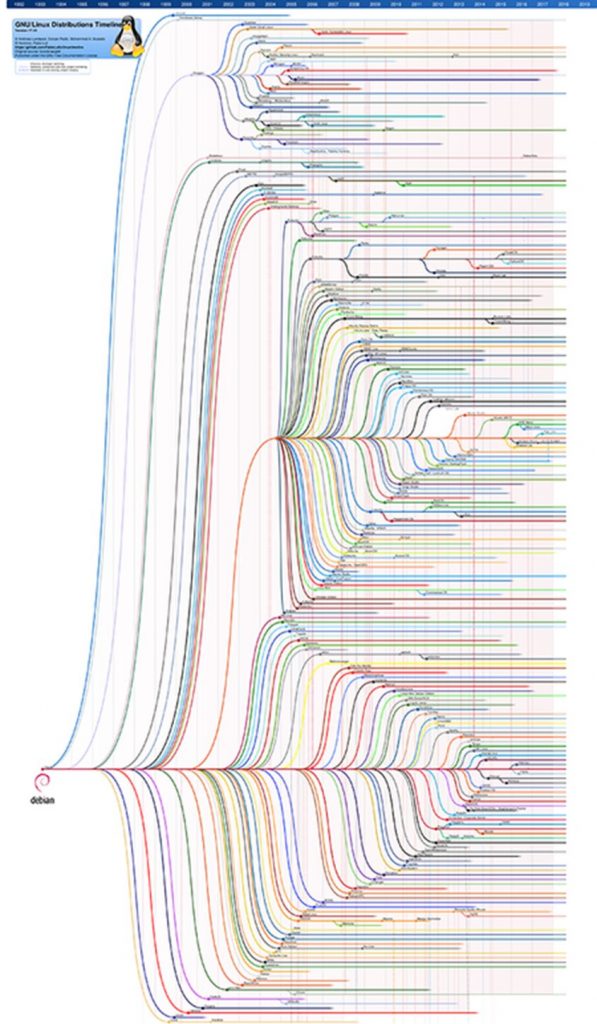
In the following article, we will mention some of the most famous GNU/Linux distributions in 3 categories. On the one hand, there is the GNU/Linux distribution recommended for all those who simply want to try this operating system. On the other hand, the reader is encouraged to make use of cybersecurity distributions and they will direct their professional and personal careers to the world of cybersecurity. Finally, only for those more experts with GNU/Linux, the user will be encouraged to get to work with the more complex distributions.





